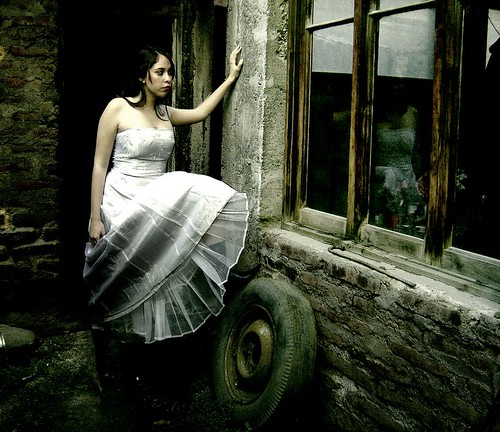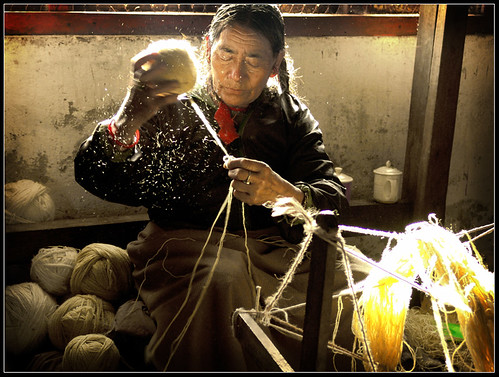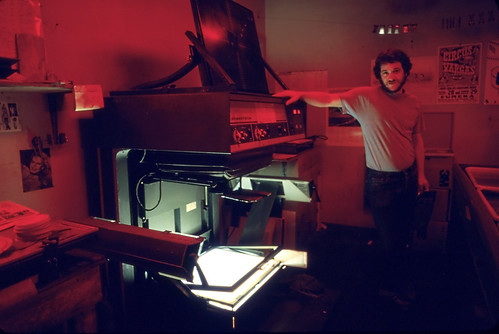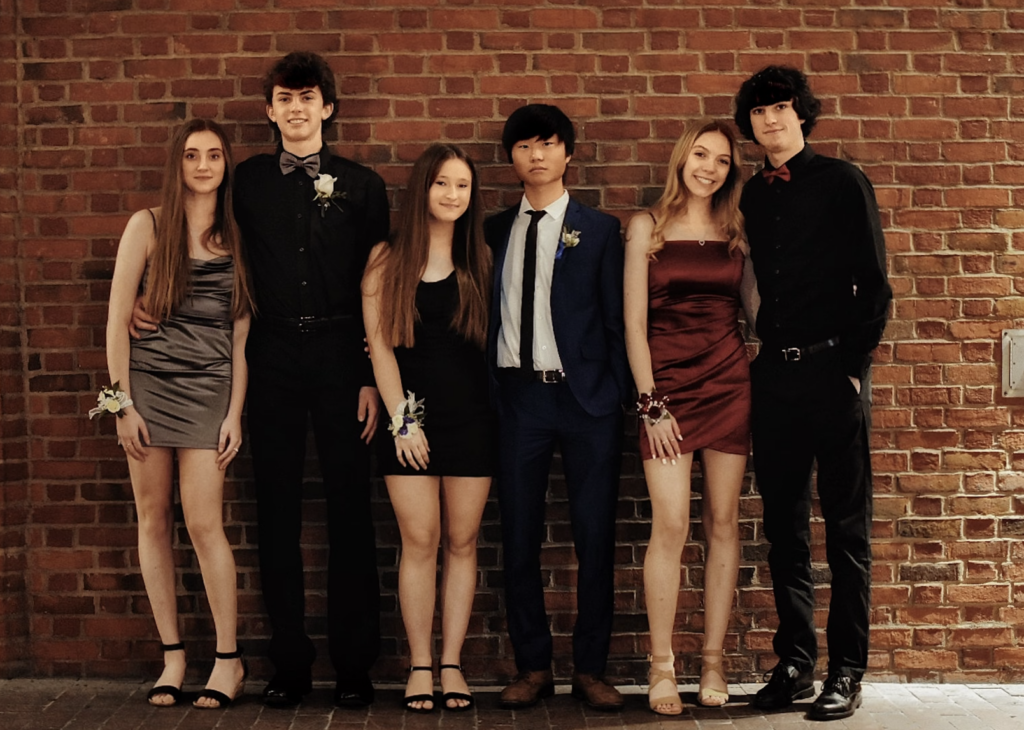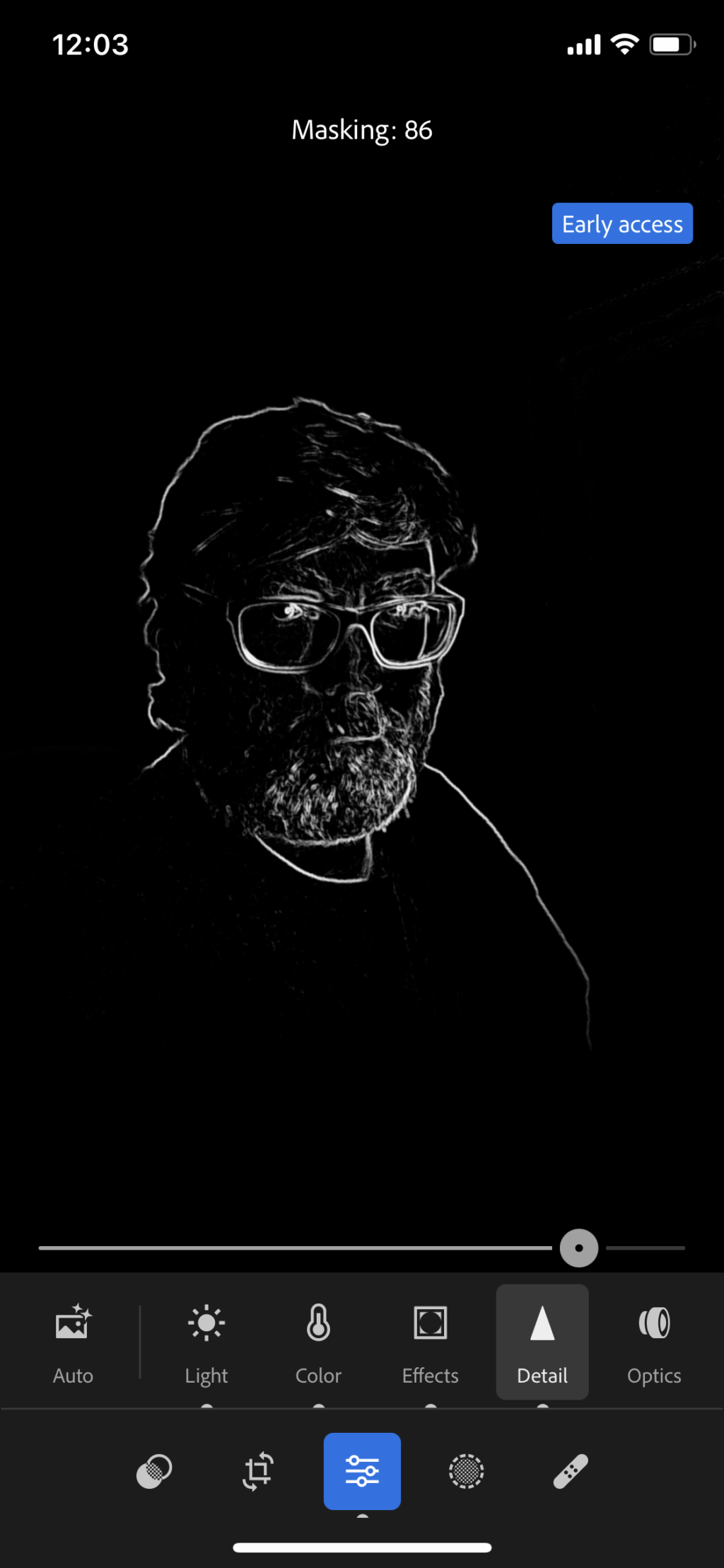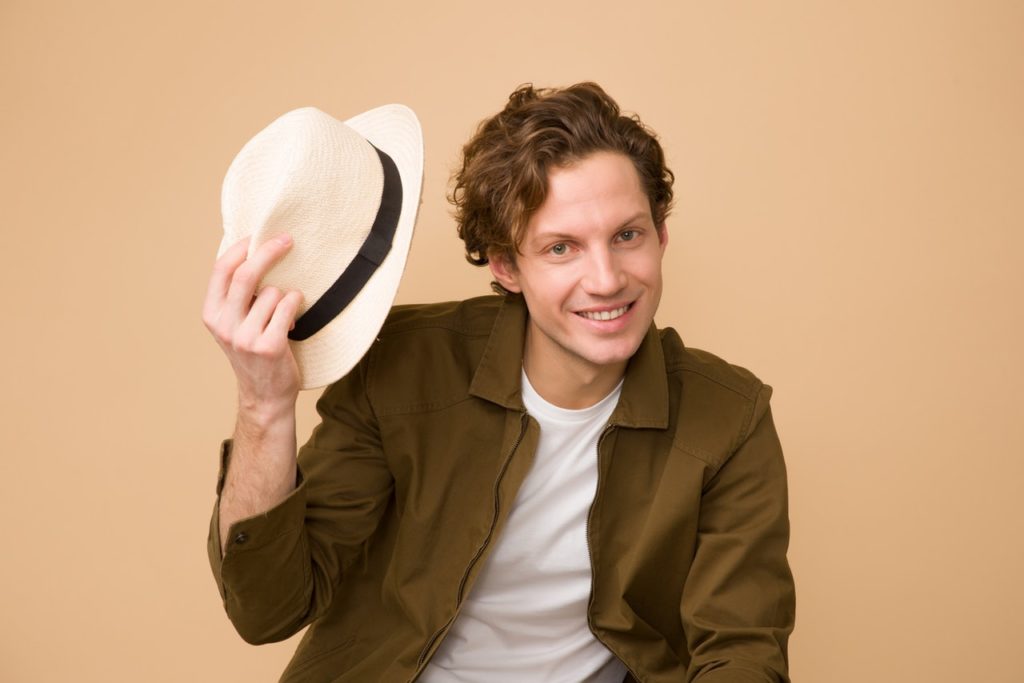One of the reasons people love portraits so much is because of the stories they tell; an individual’s facial features and expressions can reveal an incredibly insightful set of personality traits. It’s more than just the face as a whole, it’s about all the little things that make up any given face: eyes, wrinkles, freckles. No two faces are the same and no two stories are the same.
But portraiture doesn’t always have to focus so singularly on faces. Photographing an individual in the context of his or her environment can be equally – if not more – effective at telling a story.
This type of portrait, known as an environmental portrait or location portrait, works by showing how one’s surroundings are directly connected to who they are – whether it’s their place of work, their home, or the larger general community in which they participate in some way. And then there are times when the environment simply serves to set a mood that reveals something special about the subject.
If you’re interested in knowing how to get started in environmental photography and how to maximize your experience with it, keep reading.
Location: The Secret Ingredient of Emotive Environmental Portraits
It doesn’t really matter where you shoot; you can choose a location ahead of time based on an interest of yours, or you can just go out and settle into the first interesting location you stumble upon. No matter where you end up or how you get there, your location should be visually interesting, as it will be an essential element of your shot. Most importantly, the location should also have relevance to your subjects.
How Getting Familiar With Your Subjects Can Get You Better Photographs
Spend some time getting to know some of the people you intend to photograph; learn a bit about their interests and habits, what makes them tick. This will be helpful in making a decision on location and determining what shooting style you might want to use with your subject.
Context, Character, and Exposition are Keys
While wider focal lengths aren’t typically considered appropriate for traditional portraiture, they are perfect for environmental portraits where the goal is to show a subject in their natural habitat. This wider view of things creates context; it helps tell the story of where your subject is and why they belong there. The way they dress, the food they eat, their living space, the people they interact with, how they have adapted to their environment and what influence they exert upon their environment. These things, and many more, can be portrayed in location portraits.
Should Your Subject Strike a Pose?
It’s easy to think of environmental portraits as being not much different from candid portraits – the two are, indeed, quite similar in that there is a certain loose, informal nature to both. But with environment portraits, you might find yourself giving direction: where to sit, where to stand, what to do. Just try to keep things as relaxed and natural as possible.
If you’re looking for some inspiration, here are some good examples of environmental portraits.


Black, Chinese & White Laborers In A Gold Mine In South Africa [c1890-1923] Frank & Frances Carpenter [RESTORED] by ralphrepo, on Flickr

Curiosity by Mustafa Khayat, on Flickr


